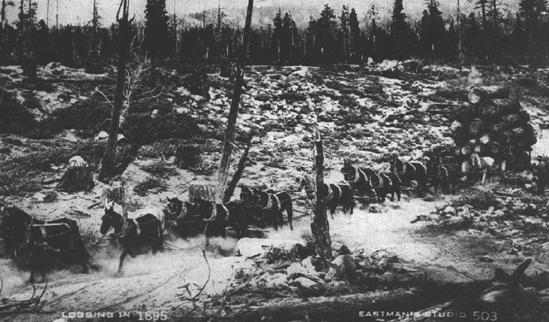The outlook for legumes
Energy in poor households
Tropical legumes: resources for the future. Report of an ad hoc panel of the Advisory Committee on Technology Innovation Board on Science and Technology for International Development, Commission on International Relations, National Research Council, National Academy of Sciences. Washington, D.C. Natl Academy of Sciences, 1979. 331 p. Softcover. Colour and black-and-white photographs.
"It is the family Leguminosae," the introduction to this book states, "that shows the most promise for producing the vastly increased supplies of vegetable protein that the world will need in the near future. In developing countries especially, cultivation of legumes is the best and quickest way to augment the production of food proteins."
Having made this point, the book proceeds to give a very detailed survey of various kinds of legumes. In each case, growing conditions and potential uses are set forth. There are numerous pictures, charts, tables and bibliographies to supplement the descriptions.
Seven different classes of legumes in all are considered: root crops, pulses, fruits (carob and tamarinds) forages, fast-growing trees, luxury timbers and miscellaneous. There are appendixes giving the comparative nutritive value of the plants and sketches of the panel members. The book is a valuable reference tool.
Household energy and the poor in the Third World, by Elizabeth Cecelski, Joy Dunkerly and William Ramsay, with an appendix by Emmanuel Mbi. Resources for the Future: Washington, D.C., Research Paper R-15. Baltimore, Maryland. The Johns Hopkins University Press, 1973. 25 p. Bibliography. Softcover. $6.75. 152 p.
Topics such as development, energy conservation and alternate energy sources converge in this study at a single, precise point: the use of energy in poor households in the Third World. After a short introduction, the book treats four distinct subjects. The first is the nature of [household energy consumption. How do the rural poor compare with the urban poor? What appliances are owned and how efficient are they'? How do costs and income affect energy consumption?
In the next section, the book examines cost factors associated with such renewable energy sources as biogas, solar, small-scale hydroelectric, wind fuelwood, charcoal and other pyrolytics, petroleum and "central station electricity." Part three looks at restraints, both cultural and economic, in plotting an energy future for such [households. The fourth part treats institutional approaches, emphasizing community energy systems and appropriate technology.
There are three useful appendixes, a detailed bibliography on energy and developing countries, observations on energy use in Cameroon and definitions and estimates in energy consumption.
In 1895 this was the last word in wood transport in North America

For the last word - and some of the best thinking - about forestry' forest industry and the environment throughout the world today, subscribe to UNASYLVA, the authoritative journal- of forestry of the Food and Agriculture Organization of the United Nations.